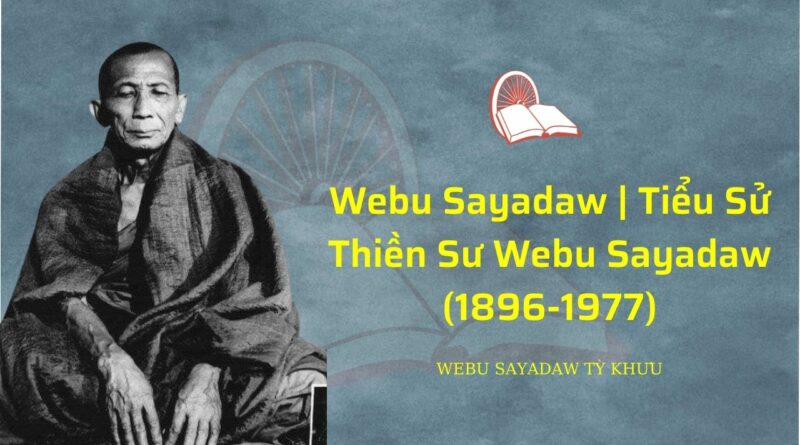Nội Dung Chính [Hiện]
Venerable Webu Sayadaw
Sơ lược tiểu sử Thiền Sư Webu Sayadaw (1896-1977)
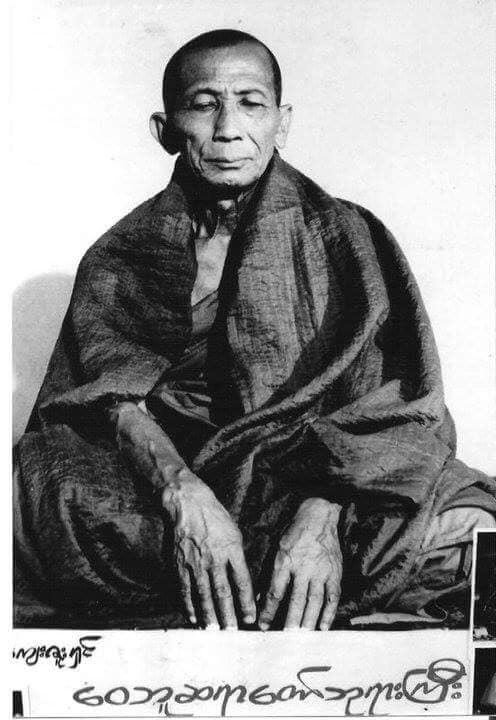
Ngài Thiền sư Webu Sayadaw sinh vào ngày 17/2/1896 tại làng Ingyinbin, gần Shwebo miền thượng Miến Ðiện. Ngài thọ giới Sa di lúc 9 tuổi, thọ đại giới lúc 20 tuổi. Ngài đến Mandalay để học tại ngôi chùa nổi tiếng Masoyein, trường Ðại học Phật giáo vào thời đó. Bảy năm sau khi thọ đại giới, Ngài rời chùa Masoyein, đi đến nơi xa vắng hành thiền trong 4 năm. Ngài thực hành hạnh đầu đà bằng cách “không nằm” trong suốt đời tu. Ngài dạy thiền quán niệm hơi thở (anapana sati). Hầu hết những bài giảng được ghi lại trong quyển “The Essential Practice” là từ chuyến đi hoằng pháp tại vùng hạ Miến Ðiện. Những người trả lời các câu hỏi là những người ngồi phía trước gần Thiền sư.
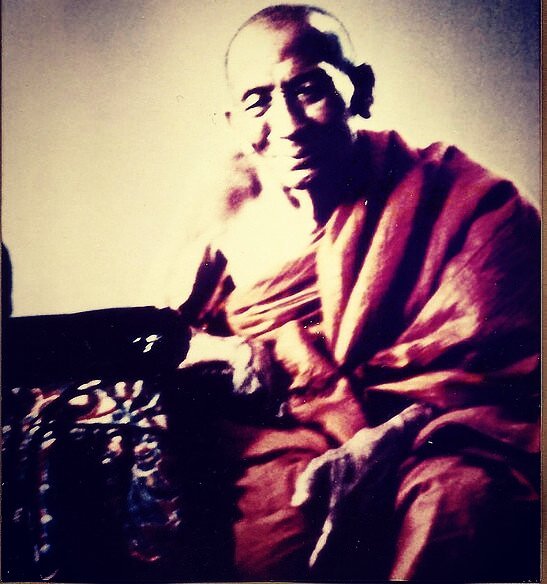
Thiền sư Webu Sayadaw không phải là học giả, Ngài chỉ hướng dẫn pháp hành. Qua sự đối đáp giữa Thiền sư và thính chúng, chúng ta thấy tính tình giản dị, lòng nhẫn nại, tính hài hước và đức tính khiêm nhường của Ngài. Ðây là những điều mà chúng ta không thể cảm nhận bằng cách đọc sách. Cũng như qua những câu vấn đáp giúp chúng ta một ý niệm đại cương về đạo Phật được thực hành như thế nào tại nước Miến Ðiện ngày nay.
Thiền sư Webu Sayadaw viên tịch ngày 26/6/1977 tại thiền viện ở Ingyinbin, quê hương của Ngài. Người Phật tử Miến Ðiện tin tưởng rằng Ngài là một vị A La Hán.
Theo Budsas.org
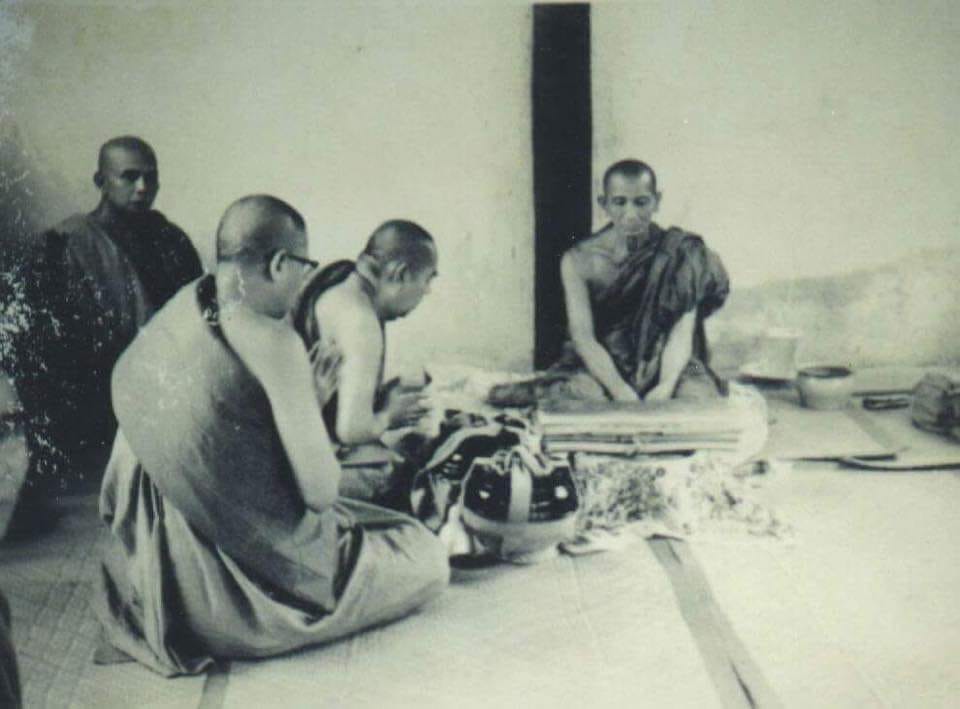
The Essential Practice
The Webu Sayadaw was born on the sixth day of the waxing moon of Tabaung of the Burmese year 1257 (17 February 1896) in Ingyinbin, a small village near Shwebo in upper Burma. He was ordained as a novice at the age of nine and was given the name Shin Kumara. At the age of twenty, he was ordained as a full member of the Sangha, and was thereafter addressed as U Kumara. (“Webu Sayadaw” is a title meaning “the holy teacher from Webu,” given to him after he became an established teacher.)
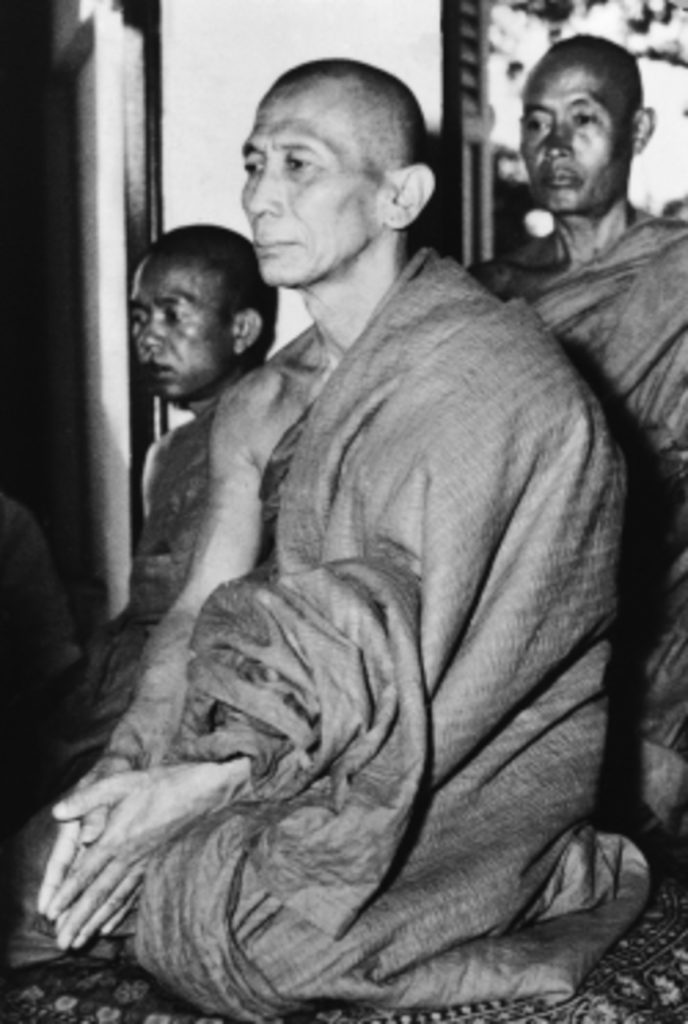
U Kumara went to Mandalay to study at the famous Masoyein monastery, the leading monastic university of the time. In the seventh year after his full ordination, he left the monastery to put into practice what he had learned about meditation. After leaving the Masoyein monastery, U Kumara spent four years in solitude. Then he went to his native village of Ingyinbin for a brief visit, where he taught the technique of meditation he had adopted. “This is a shortcut to Nibbana,” he said, “anyone can use it. It stands up to investigation and is in accordance with the teachings of the Buddha as conserved in the scriptures. It is the straight path to Nibbana.”
Among the thirteen practices called the dhutanga, which are often taken up by monks living in solitude to combat laziness and indulgence, is the practice of never lying down, not even to sleep. Monks taking up this particular practice spend the nights sitting and meditating to rid themselves of sleepiness. The Webu Sayadaw is said to have followed this practice all his life. He taught that effort was the key to success, not only in worldly undertakings, but also in meditation, and that sleeping was a waste of time. I was told by one of his disciples that on the occasion of his ordination under the Webu Sayadaw, he had a mosquito net and a pillow, in addition to the monk’s requisites. The Webu Sayadaw, pointing at them, asked him what they were. “A pillow and a mosquito net, sir.” “Are these part of the monk’s requisites?” “No, sir.” And the newly ordained monks decided to give these “luxuries” back to his family.
The Webu Sayadaw emphasized the practice of meditation as the only way to bring the teachings of the Buddha to fulfillment. The study of the scriptures, though helpful, is not indispensable for the realization of Nibbana. The technique of meditation taught by the Webu Sayadaw is one of forty techniques mentioned in the scriptures for the development of samadhi or concentration. It is called anapana sati and requires one to be aware (1) that one is breathing in while breathing in, (2) that one is breathing out while one is breathing out, (3) of the spot or area which the stream of air touches while one is breathing in and out. In the Visuddhimagga Buddhaghosa describes sixteen ways of approaching this meditation, but the Webu Sayadaw kept reminding his disciples they needn’t know about all of these; all they really needed to know was the reality of in-and-out breathing.
U Hte Hlain, the collector of some of the discourses contained in this book, writes: “The Webu Sayadaw preached sometimes five, sometimes ten times a day. Seven main points were always included in his discourses. If the Webu Sayadaw gave 10,000 discourses in his life, then these points were expounded by him 10,000 times. He always included them, even if he had to repeat them again and again. He always explained the teachings in simple terms, so that the ordinary man could understand. He tried to explain the Dhamma in such a way that the most difficult thing became easy.”
The seven points are:
(1) One can only expect the fulfillment of one’s aspirations if one is perfect in morality.(2) When practicing generosity (dana) in the religion of the Buddha, the mental attitude and volition involved are very important.
(3) Believing in the law of kamma, one should always act with an upright mind.
(4) One should not aspire to any happiness of either the human or celestial worlds — which are impermanent — but only to Nibbana.
(5) Because of the arising of the Buddha we have the opportunity to practice right conduct (carana) and wisdom (pañña) fully and thereby to benefit greatly.
(6) From the moment we are born to the moment we die, there is the in-breath and the out-breath. This is easy for everybody to understand. Every time we breathe in or out, the breath touches near the nostrils. Every time it touches we should be aware of it.
(7) While we are walking, working, doing anything, we should always be aware of the in-breath and the out-breath.
Most of these discourses were given before large audiences during the Webu Sayadaw’s travels in lower Burma. The person or persons answering the Webu Sayadaw are lay-people sitting up front and close to him.
Some of the discourses are translated from a collection compiled and introduced by U Hte Hlain and published by the Ministry of Religious Affairs of Burma. Others have been transcribed from tape by the translator and then rendered into English. The titles of the discourses have been added and were not assigned to them by the Webu Sayadaw himself.
Because they were delivered extemporaneously the discourses are repetitive and were edited slightly so that they lend themselves better to reading. Care was taken, however, to edit only obvious repetitions and only when they had merely rhetorical value. The reader may still find the discourses repetitive, but with some patience and “mindfulness” he will discover in them many insights into practical Buddhism.
The Webu Sayadaw was not a scholar and his discourses do not cater to the intellectual who prefers the study of Buddhist philosophy to the practice. His refreshing simplicity, his patience, his lovely sense of humor, and his humility — illumine a side of Buddhism which cannot be perceived by reading treatises and texts. Moreover, the statements of the people in the audience offer us a glimpse of how Buddhism is practiced in Burma today.
The Webu Sayadaw undertook pilgrimages to the Buddhist sites of India and Sri Lanka. He passed away on 26 June 1977 in the meditation center at Ingyinbin, his native village. He was believed to be an arahant, i.e., a person who has in practice fully understood the Four Noble Truths and attained the end of suffering.
— Roger Bischoff
Nguồn The Essential Practice: https://theravada.vn/ati/lib/authors/webu/wheel375.html
Những tác phẩm & tài liệu do Ngài Webu Sayadaw biên soạn:
– Phương pháp hành thiền Ngài Web Sayadaw
– An Tịnh Thù Thắng Đạo
– Tiểu sử Ngài Webu Sayadaw

